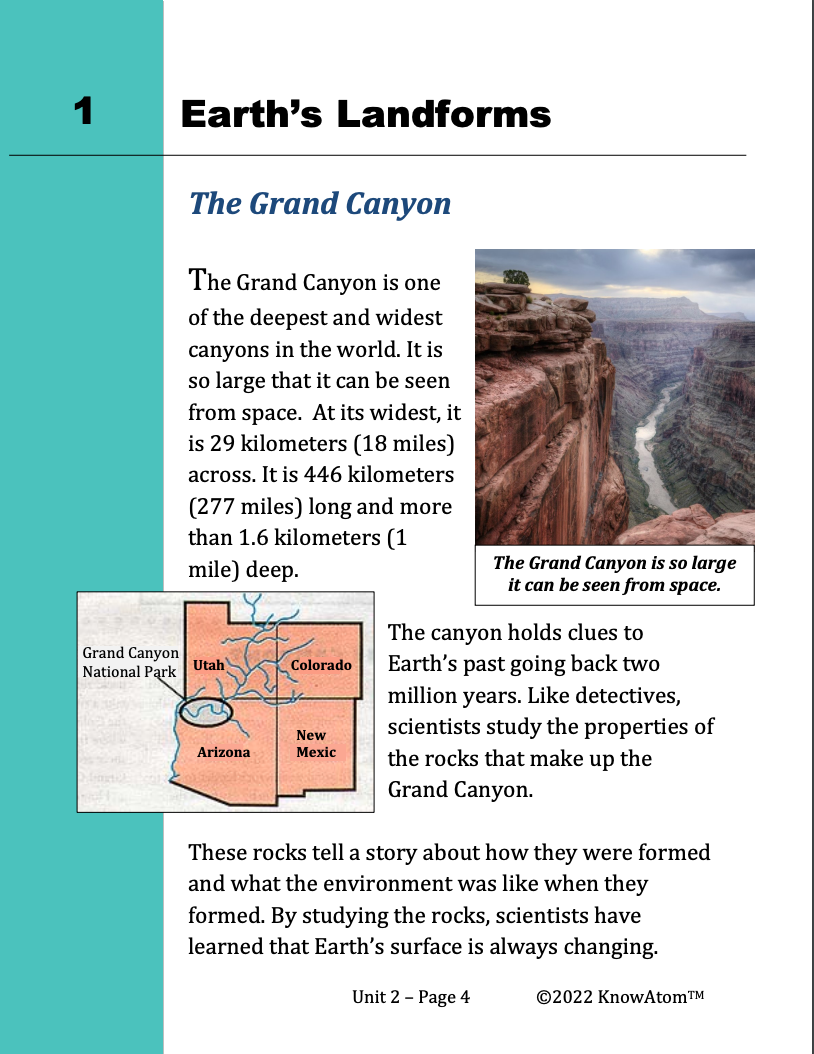
In this unit, students stimulate the movement of tectonic plates and analyze maps to observe how plate boundaries create patterns in Earth’s features. In this lesson, they build on that knowledge to observe the science phenomenon of how water erodes sediment. This page highlights key components of this lesson.
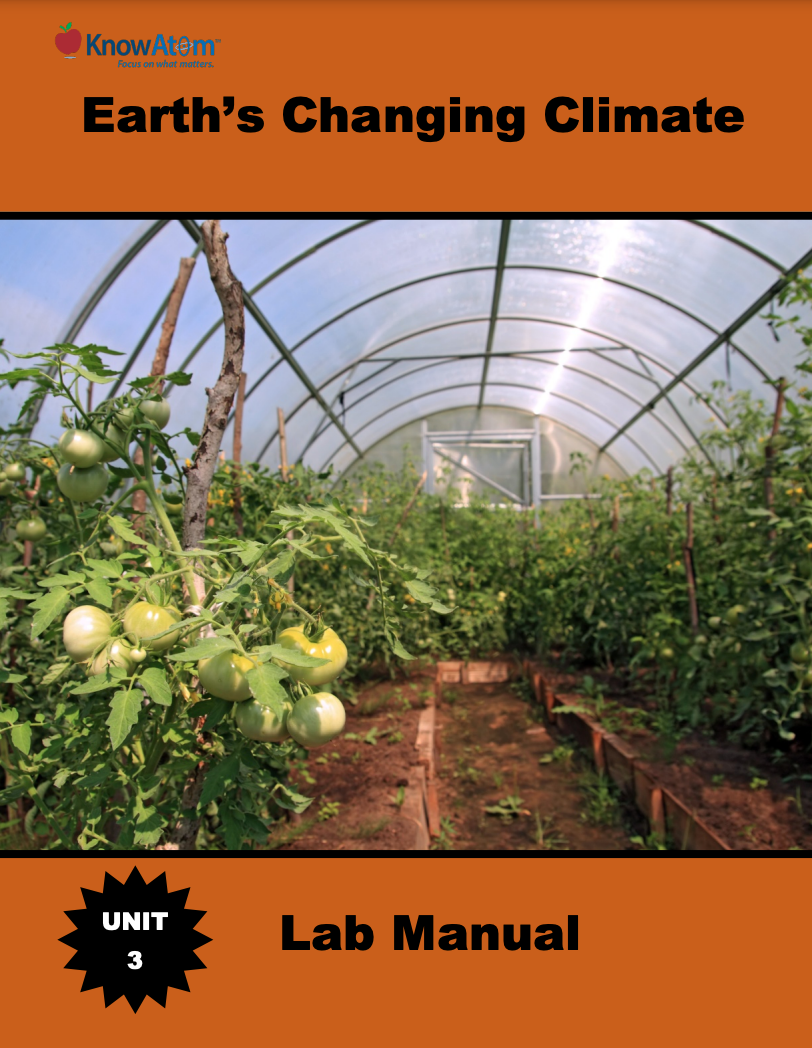
In this unit, students analyze the phenomenon of our sun as the primary source of energy on Earth. In this lesson, students explore how the sun’s uneven heating of the planet drives weather phenomena and climate phenomena, which result from complex interactions within Earth’s systems. This page is an extract from parts of this lesson.
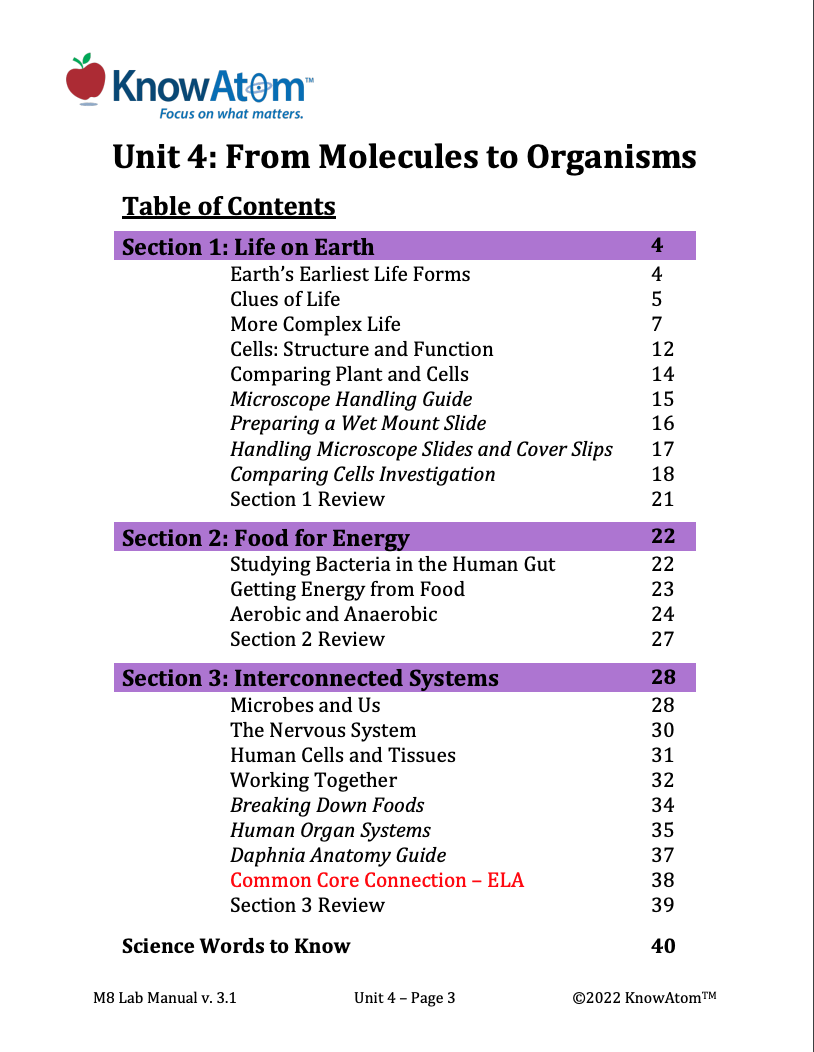
In this unit, students compare the science phenomena of bacterial, plant, and animal cells, figuring out similarities among them all as well as differences. Students then conduct an experiment into how yeast cells extract energy from food molecules. This page highlights components of this lesson.
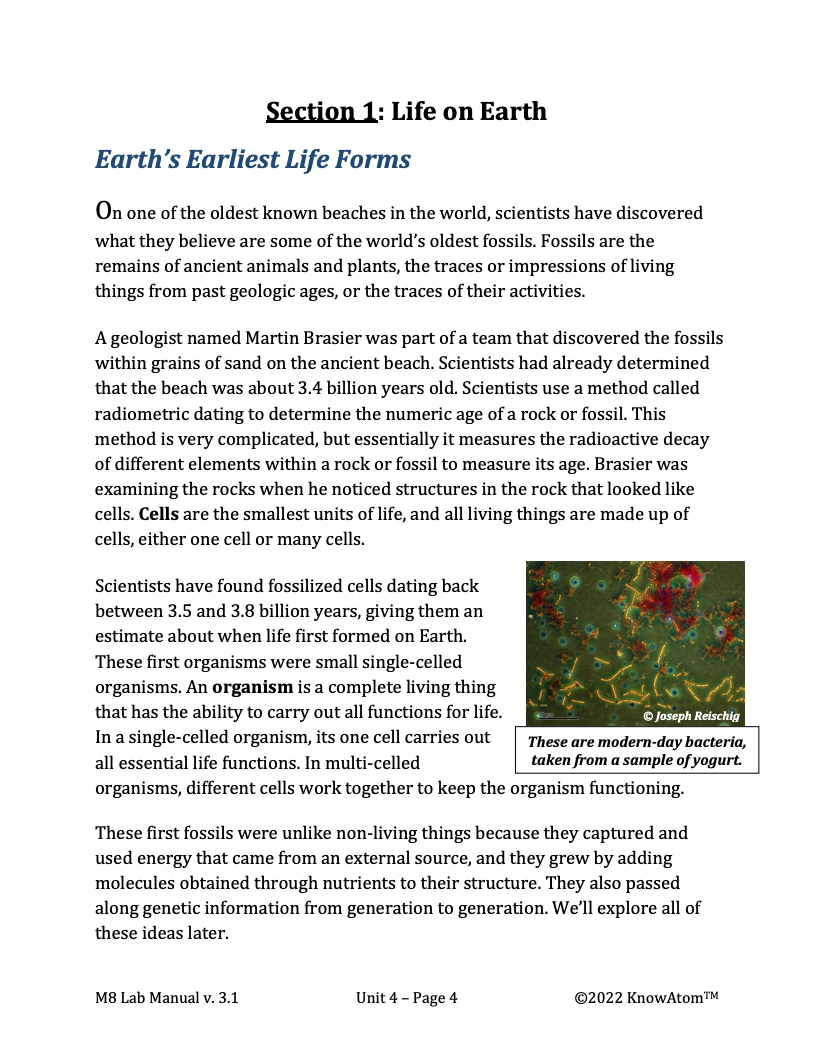
In this unit, students explore science phenomena related to life forms that live on Earth, analyzing the cellular structures that make up complex organisms and how different groups of cells work together to keep the organism functioning properly. In this lesson, students test the effect of sucrose concentration on the heart rate of daphnia, observing how different organ systems work together. This page provides a high-level extract of this lesson.
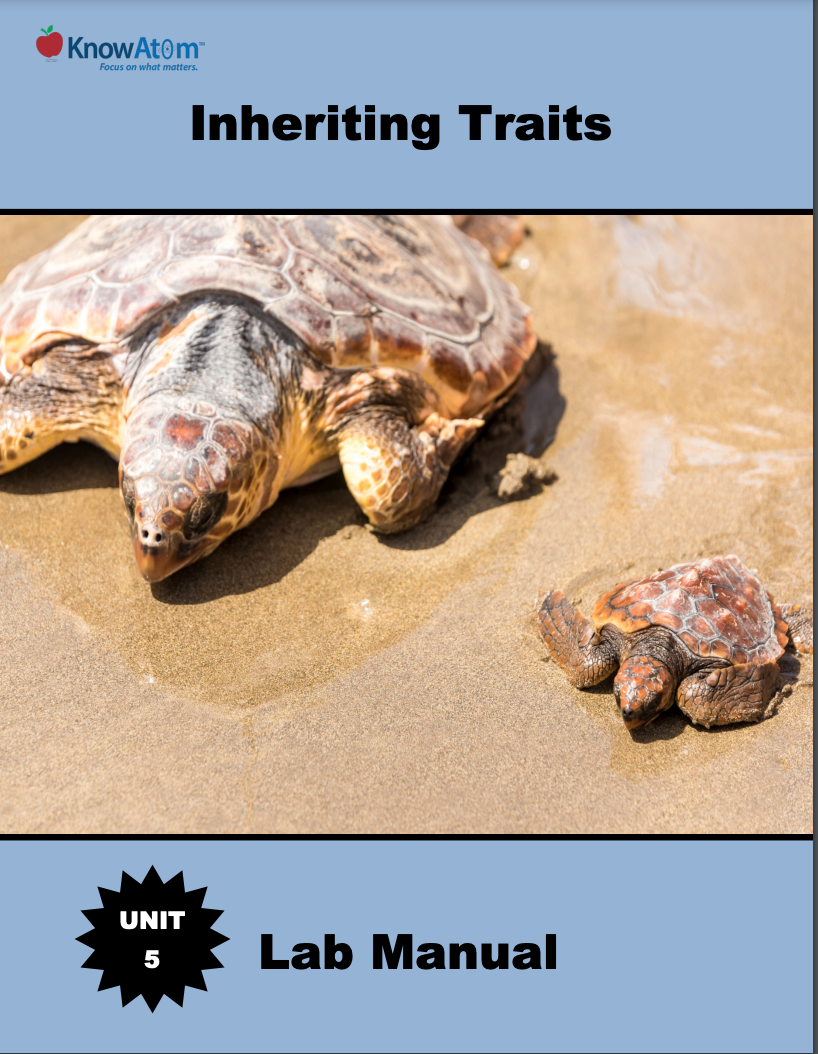
In this unit, students investigate phenomena related to how organisms pass on traits to their offspring. Students begin, in this lesson, with an investigation into how DNA codes for proteins, which determine an organism’s traits. This page provides a high level overview of this lesson.
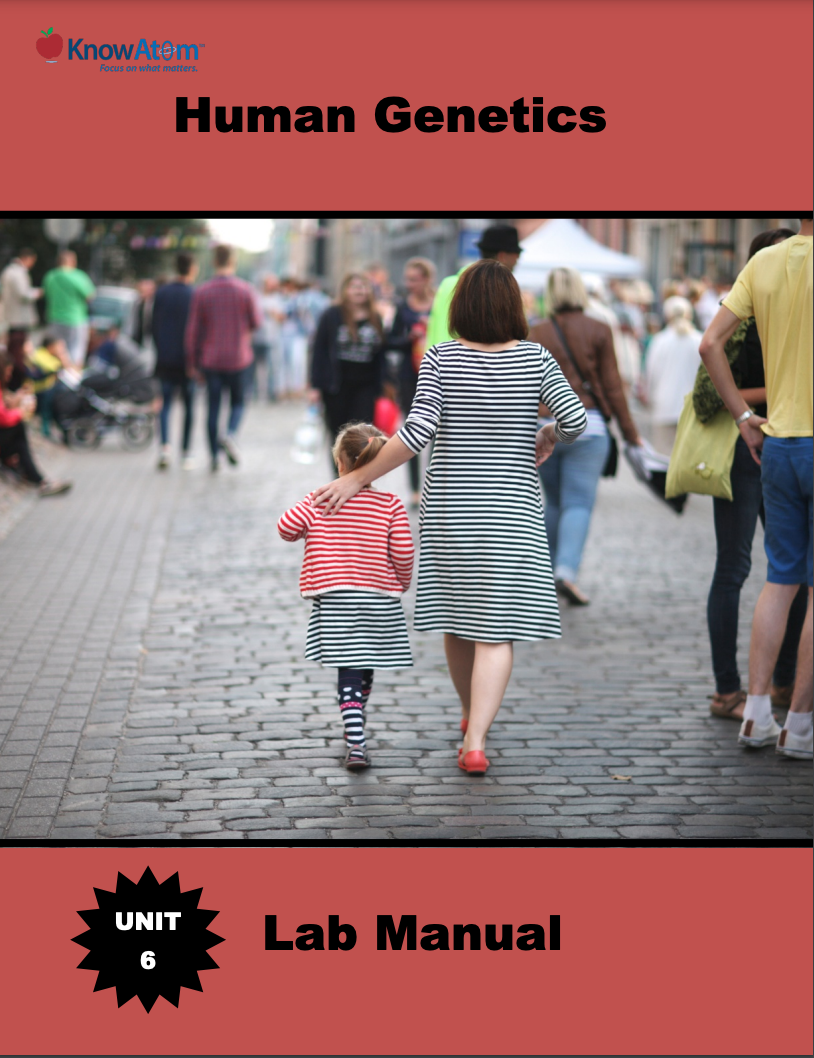
In this unit, students figure out connections between genes and heredity to evolution, focusing on figuring out the phenomena of how both genetic information and the environment influence how a population develops over time. Students investigate different kinds of evidence for life’s shared ancestry and then experiment with how adaptations help some organisms survive. Students end with an investigation into artificial selection.
.png)
In this unit, students focus on the organisms that live on Earth’s surface, analyzing the science phenomena of how all living things are made of cells, which have certain requirements for survival, including food, water, and energy. They explore the phenomena of structure and function by analyzing the role of the cell membrane in maintaining a balanced amount of water in the cell. This page highlights excerpts from a few sections of this lesson.
.png)
In this unit, students focus on the relationship between an organism’s cellular structure and the ability of the organism to access energy to carry out essential life functions. Students begin by examining prokaryotic and eukaryotic cells under the microscope and then compare organelles in plant and animal cells in this lesson. This page is a high-level extract of this lesson.
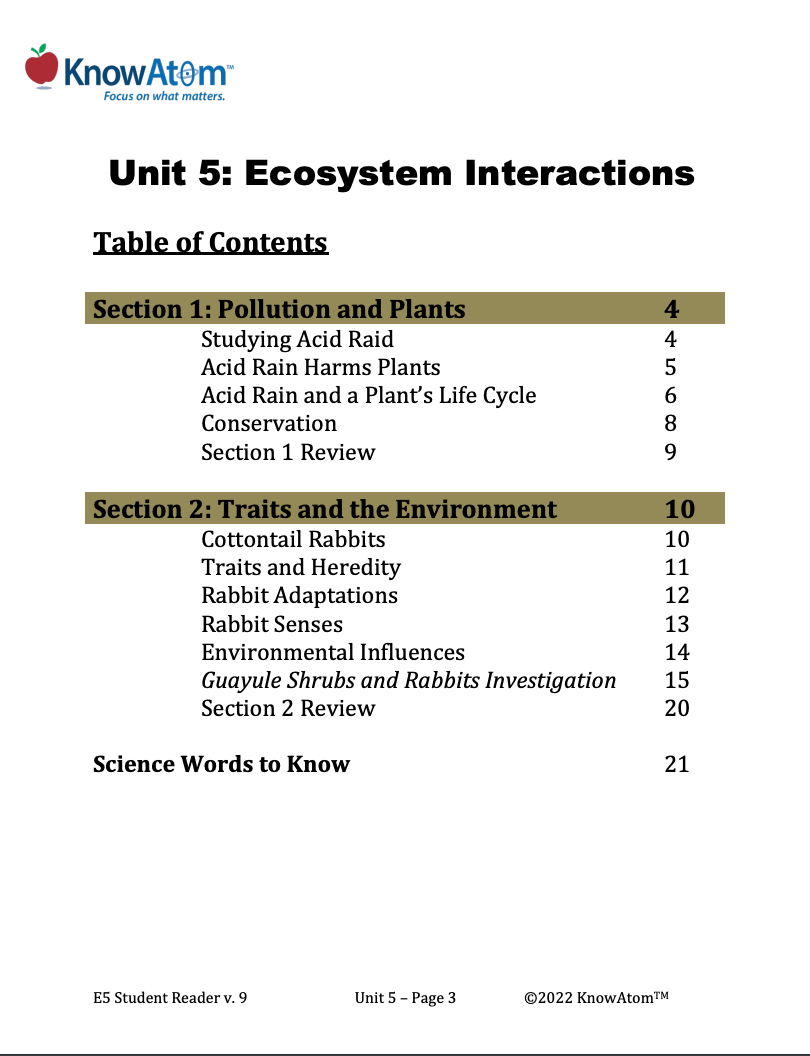
In this unit, students evaluate the science phenomena of how a change to an ecosystem can impact the living things that make it up. In this lesson, students explore how a change to the kind of plants in an environment results in a ripple effect phenomena on predation in the area. This page is a high-level extract of this lesson.
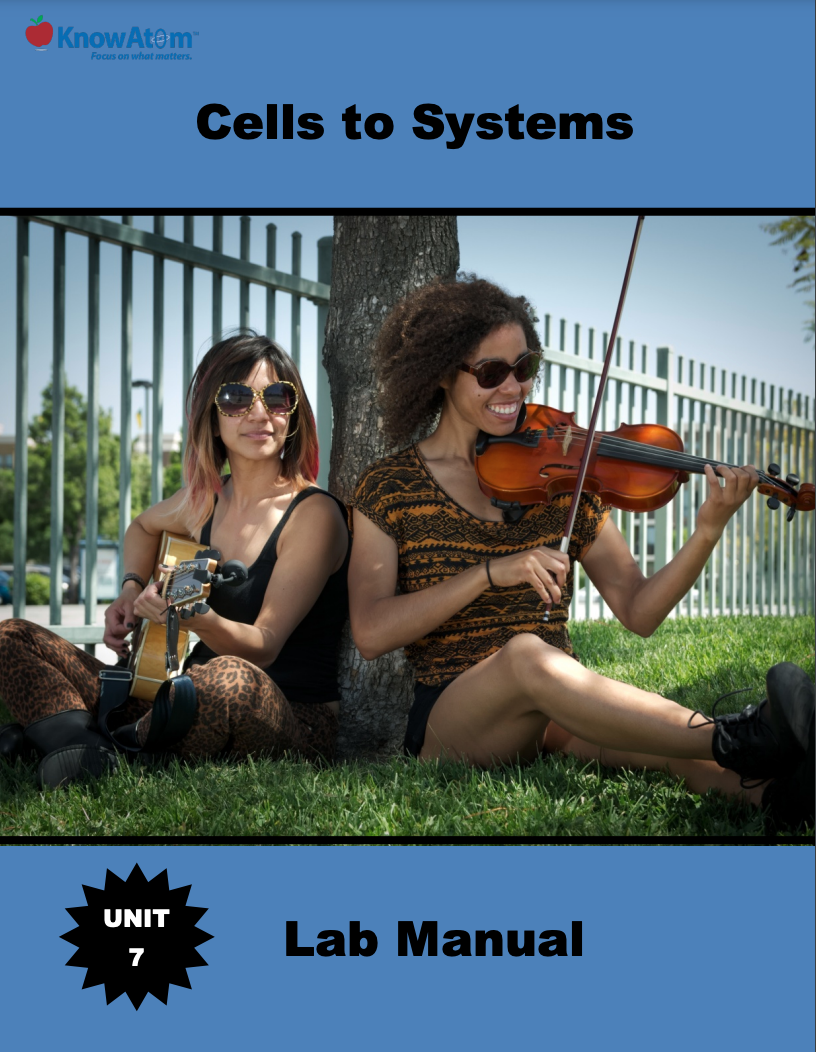
In this unit, students focus on the structure and function of specialized cells, tissues, and organs in the phenomena of complex multicellular organisms, and they explore how the body processes information gathered by sensory receptors. In this lesson, they develop a model for a human organ system and then observe different human cells to understand how structure influences function. This page highlights each part of this lesson.
Standards citation: NGSS Lead States. 2013. Next Generation Science Standards: For States, By States. Washington, DC: The National Academies Press. Neither WestEd nor the lead states and partners that developed the Next Generation Science Standards were involved in the production of this product, and do not endorse it.
